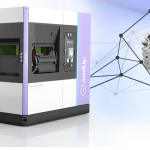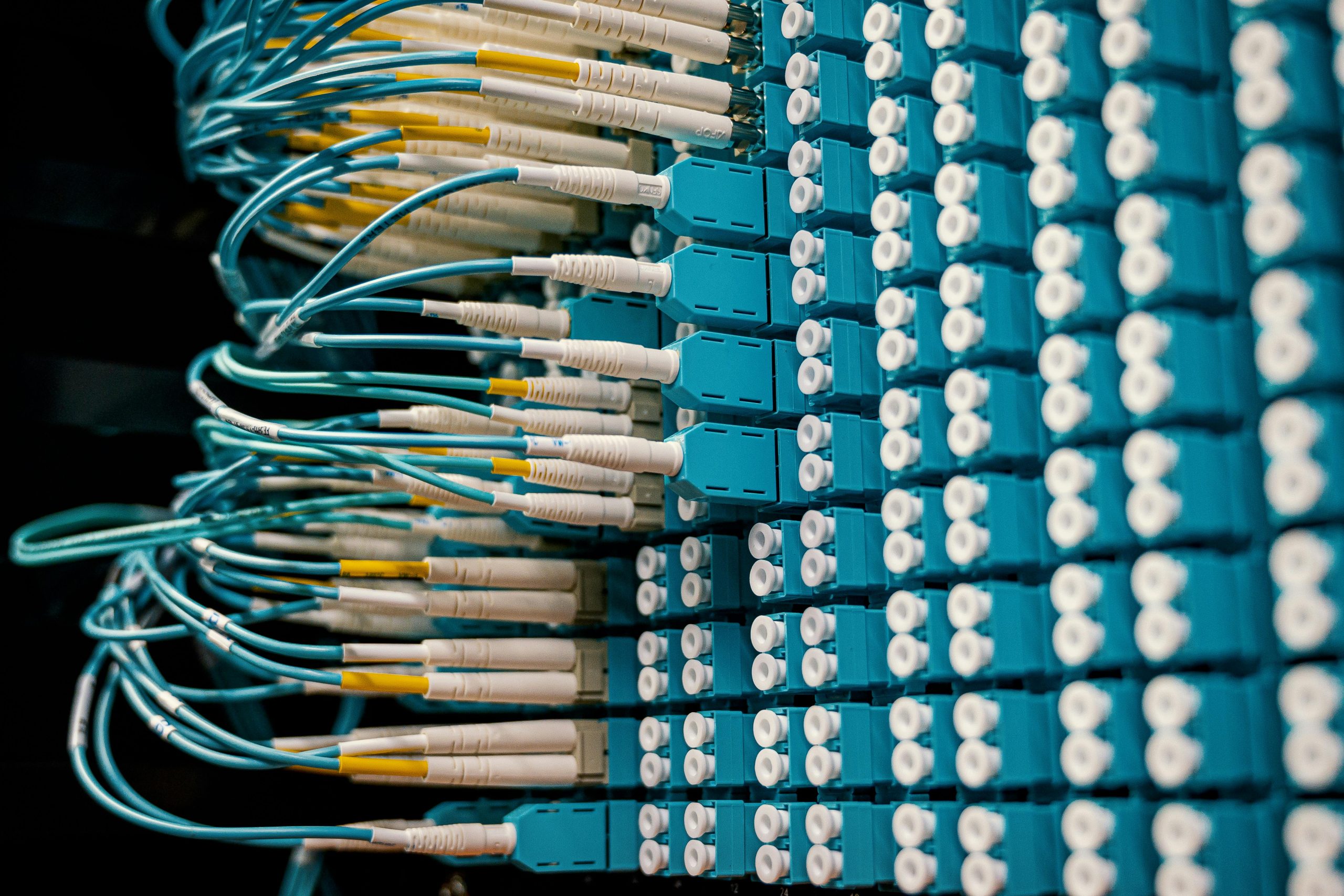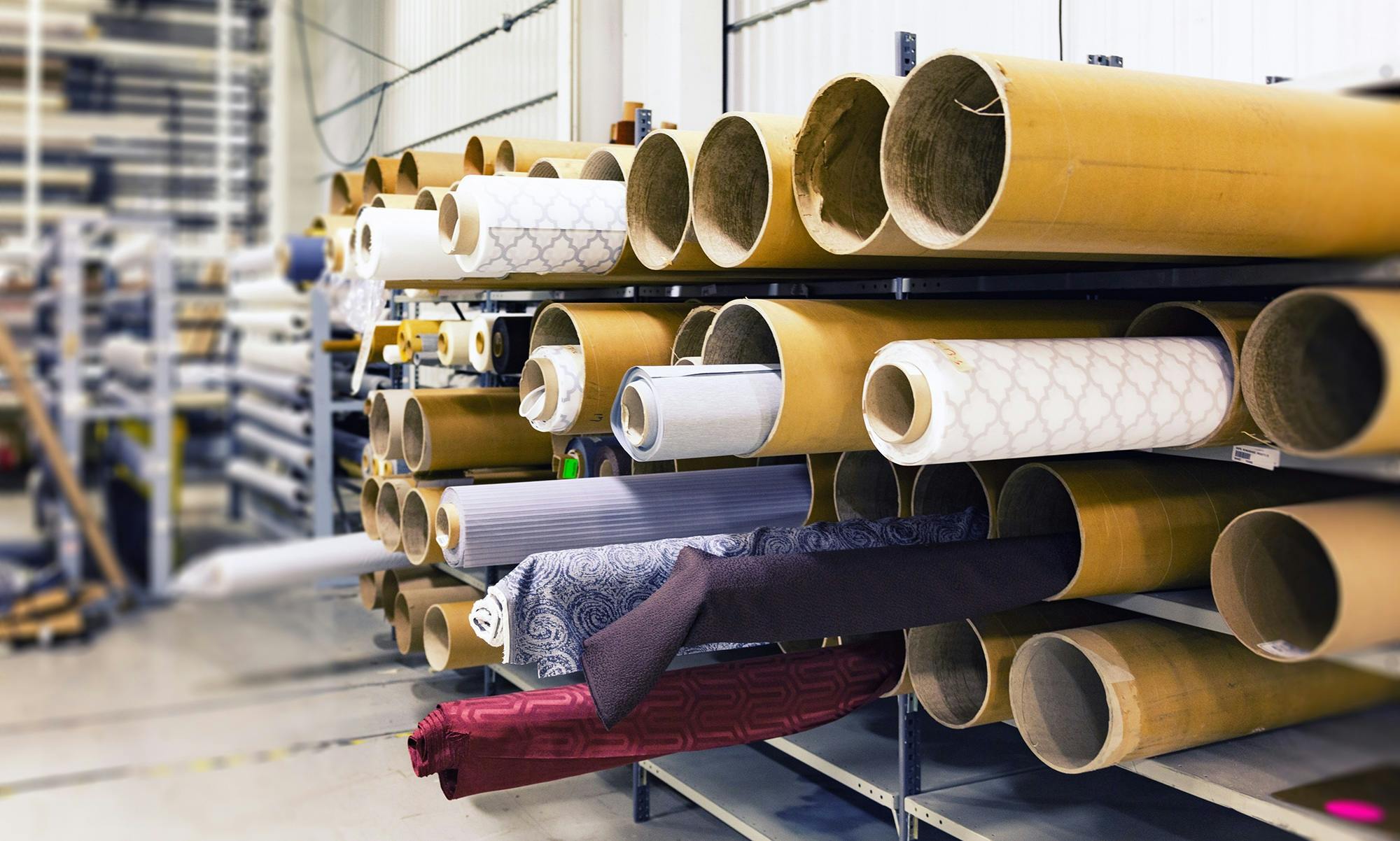The 3D printing technology, also known as additive manufacturing, offers many possibilities for producing components, spare parts and tools used in industrial maintenance. The 3D printers can quickly produce even the most atypical elements and are difficult to access, saving time and production costs. It is no secret that 3D printing is used in prototyping in sectors such as automotive, aviation or medicine, and is increasingly used in maintenance management due to the need to replace the missing machine component effectively.
In short, 3D printing is an excellent opportunity to quickly access the spare parts necessary to operate a specific machine or even the entire process line. All of this can be produced quickly and at low-cost thanks to 3D printing technology, from covers, housings to replacement parts and even custom tools and handles.
Additive manufacturing, better known as 3D printing, is on its way to becoming one of the essential tools of maintenance management. If you are looking for some high-quality metal additive manufacturing machines then the formup 350 is the right choice for you.
The FormUp 350 machine is a solution for metal additive manufacturing using laser powder bed fusion. This modular and scalable machine offers a high level of productivity and allows the manufacture of high-quality parts while ensuring user safety.
It still sounds like something new and futuristic in widespread adoption in manufacturing. Still, it is becoming more and more common as a tool for prototyping and creating parts in the automotive, aerospace, and medical industries. And consumer goods. It is a simple process to understand, and the main advantage for maintenance management is also quite intuitive: creating spare parts.
Imagine that you are in the plant, and you receive a work order to check the gearing of an AC motor that operates a specific part of the manufacturing process. But, the gear is warped and is no longer produced by the original manufacturer.
Instead of spending money to replace the entire asset, you can 3D print the part using a similar or stronger material. It is estimated that on-site 3D printing can reduce spare parts manufacturing time by up to 95% compared to traditional parts sourcing and manufacturing methods.
Additionally, it provides a level of flexibility for technicians, who can create and replace parts on demand without relying on third-party vendor delivery. It minimizes the need for technicians to keep replacement parts in a warehouse. With higher precision and quality, 3D printing can minimize the cost associated with human error.
Importance of 3D printing in industrial maintenance:
3D printing is becoming an indispensable tool in the toolbox of industrial maintenance teams.
This technology helps reduce machine downtime by speeding up spare parts delivery times.
The ability to 3D print no longer available parts also helps keep older equipment in service for longer.
In addition, with 3D printing, it is possible to digitize an inventory of rare spare parts, freeing up storage space and reducing costs.
Lastly, 3D printing offers a flexible solution for complex supply chains, enabling on-demand production closer to the point of use.
Benefits of 3D printing in industrial maintenance:
The benefits of 3D printing in industrial maintenance provide faster turnaround times, on-demand production and greater flexibility in repair services in maintenance, repair and overhaul operations.
Below we have selected the competitive advantages of additive manufacturing in industrial maintenance management that you should know about.
1. 3D printing helps an asset get back into service more quickly
Maintenance departments are constantly under pressure to assist quickly, efficiently and at a low cost. The main task of maintenance is to reduce unplanned downtime and thus increase the overall efficiency of the equipment.
2. 3D printing can extend the life of obsolete or damaged assets
If properly maintained, aids can function for many years. But inevitably, a machine becomes outdated, and replacement parts can be hard to find or too expensive to order.
3. 3D printing enables more flexible spare parts inventory management
Maintaining an inventory of spare parts is not cheap – prices can run into the thousands of euros each year to keep a warehouse full of spare parts.
4. 3D printing reduces spare parts inventory and assembly costs
As I have already mentioned in the previous point, maintaining a list of spare parts is not free; It can cost thousands of euros each year to maintain a warehouse full of features to repair machinery.
5. 3D printing facilitates a more agile supply chain
The supply base in maintenance and repair materials is highly segmented due to specialized parts for various equipment.
Conclusions
A production line stoppage can be caused by the failure of a key machine component and leads to large economic losses.
The long waiting time (even several weeks) to replace parts does not make it easy for maintenance managers.
The solution is a 3D printer and quickly print the missing part.
Due to its versatility, 3D printing simplifies maintenance and repair needs in the manufacturing industry.
With the help of industrial-grade computers to facilitate design conception, 3D printing is bringing cost-effective repair solutions to manufacturing facilities.
By extending the life of existing equipment and streamlining factory workflows, these machines are leading on-demand manufacturing.




